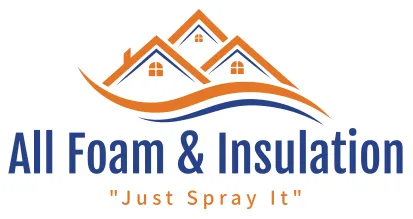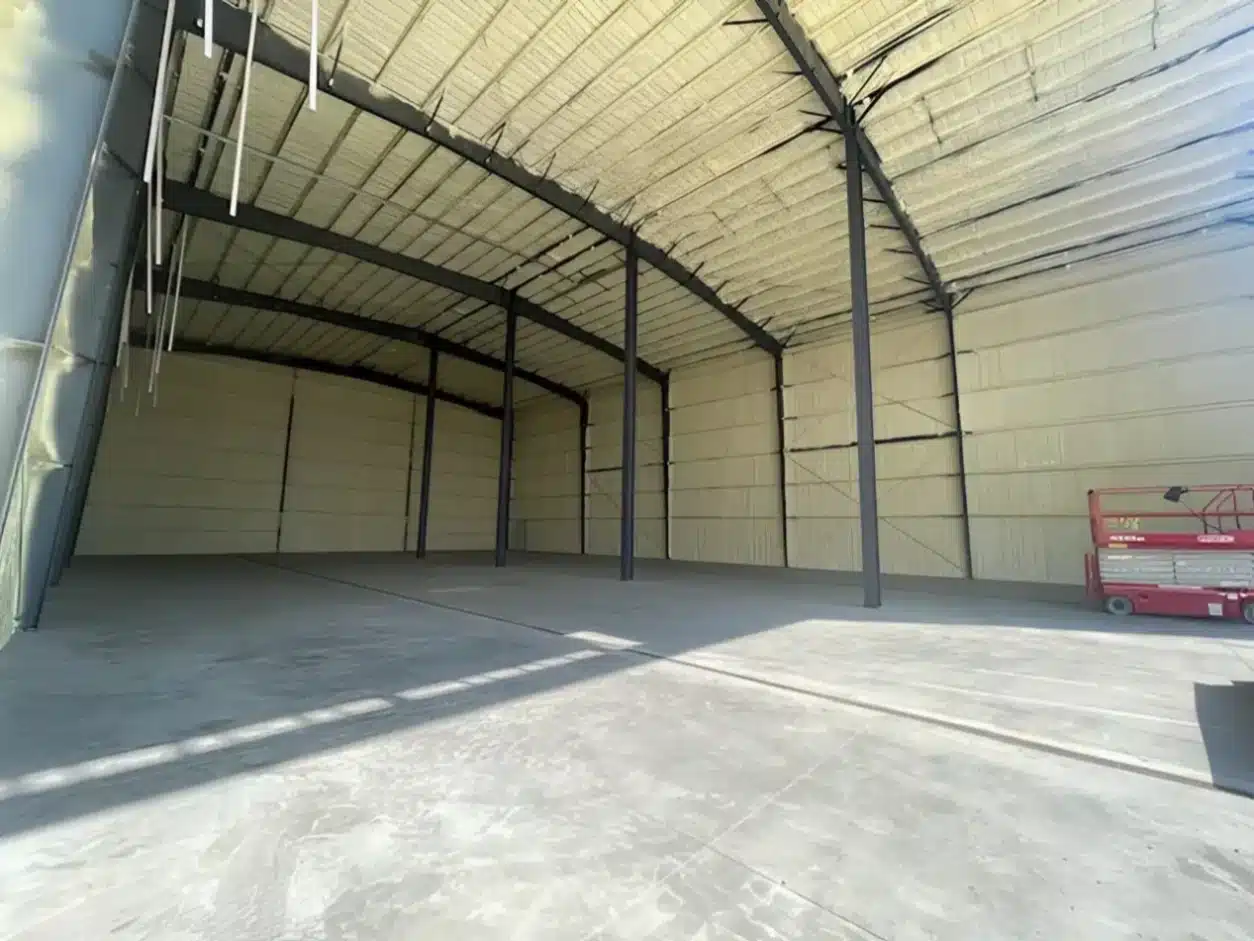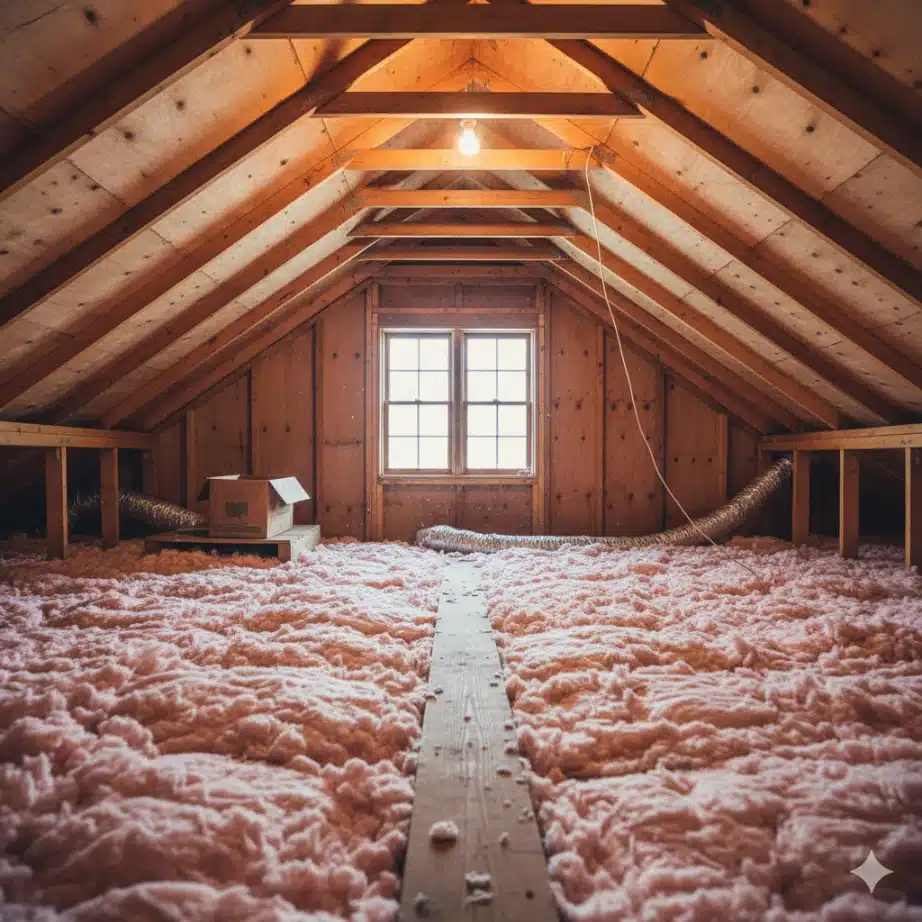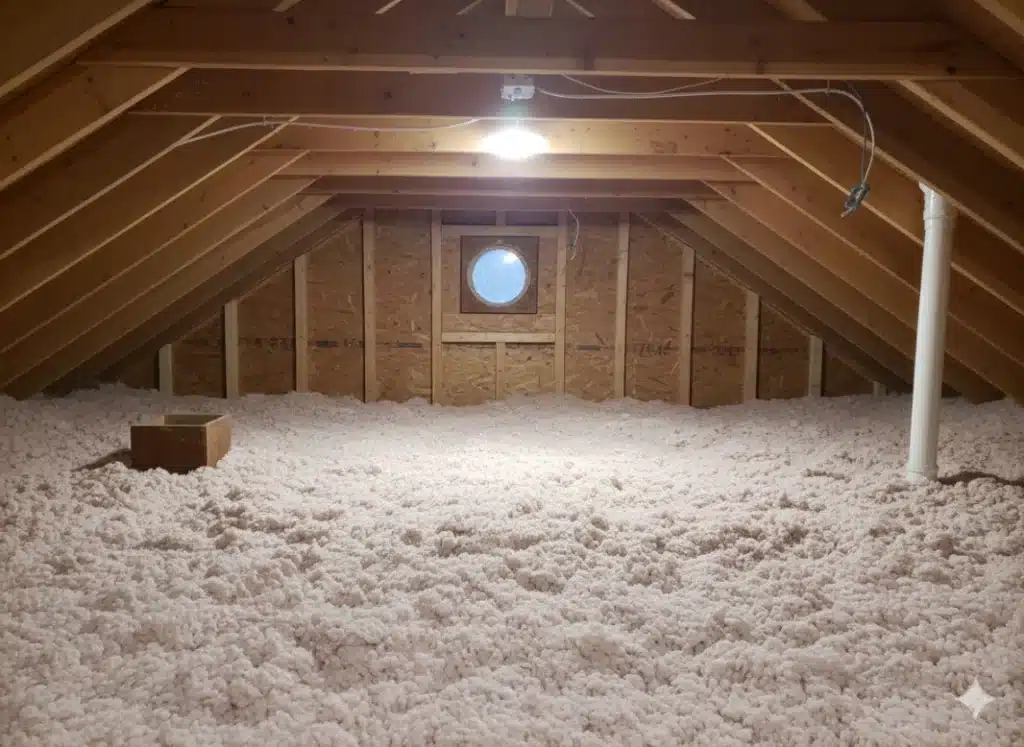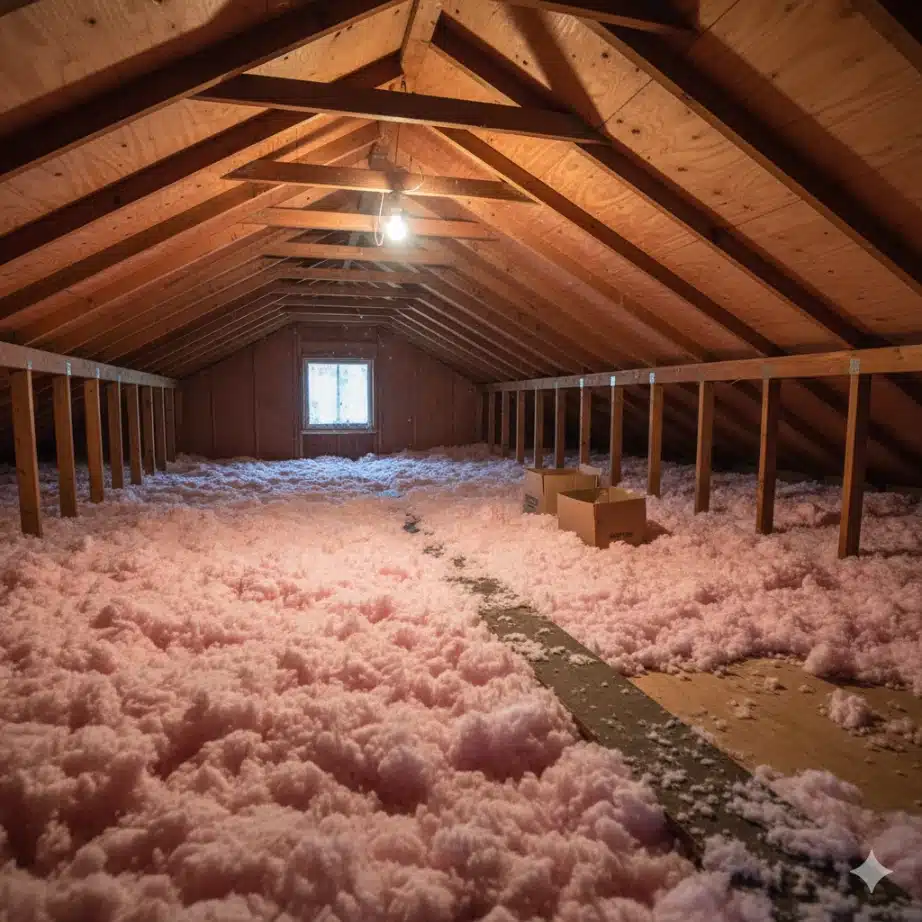For homeowners in Grants Pass, the ideal time to install spray foam insulation is during the moderate weather windows of late spring and early fall. Specifically, the periods from May to June and September to October offer the best combination of temperature and low humidity. These conditions are optimal for the chemical curing process of spray foam, ensuring it expands correctly, adheres properly, and delivers its maximum R-value.
While these seasons present the most favorable circumstances, a professional installation can be successfully completed any time of year. Understanding how Southern Oregon’s distinct seasons affect the application process is key to a successful project. This guide offers a detailed look at the factors that influence a spray foam installation, providing the knowledge needed to schedule your project with confidence.
Why Temperature and Humidity Matter for Spray Foam
Spray foam insulation in Grants Pass is a product of a chemical reaction between two liquid components. For this reaction to proceed correctly, the temperature of the air, the surfaces being sprayed, and the material itself must be within a specific range.
According to the Spray Polyurethane Foam Alliance, most spray foam products require a substrate temperature above 40°F for proper application. If the surface is too cold, the foam may not stick well and could cure with a denser, less effective cell structure.
Conversely, extremely hot temperatures, common during Grants Pass summers, can cause the foam to cure too quickly. This rapid “creaming” can sometimes trap air pockets or result in a lower yield, meaning more material is needed to achieve the desired thickness. High humidity can also introduce moisture into the reaction, which can affect the foam’s long-term stability and performance.
A Seasonal Breakdown for Grants Pass Insulation Projects
The climate in Grants Pass, characterized by hot, dry summers and cool, wet winters, presents different considerations for each season. A report on the regional climate by the Oregon Climate Change Research Institute highlights these distinct seasonal patterns, which directly influence the installation process.
| Season | Average Conditions | Pros for Installation | Cons for Installation |
|---|---|---|---|
| Spring (May-June) | Mild temperatures, moderate humidity | Nearly perfect curing conditions, stable weather | High demand can lead to longer scheduling lead times |
| Summer (July-Aug) | High temperatures, very low humidity | Dry conditions prevent moisture issues | High heat requires specialized foam and techniques to prevent flash curing |
| Fall (Sept-Oct) | Mild temperatures, moderate humidity | Excellent curing conditions, often less contractor demand than spring | Shorter daylight hours, potential for early rain |
| Winter (Nov-Feb) | Cold temperatures, high precipitation | Lower contractor demand may offer scheduling flexibility | Requires heating the space and substrate, risk of weather delays |
Installing in Spring and Fall
These seasons are the sweet spot. The mild temperatures allow the foam to expand and cure at a controlled rate, leading to the best possible cell structure and adhesion. The moderate humidity levels are well within the tolerance of most spray foam systems. U.S. Department of Energy.
Tackling a Summer Installation
While the high heat of a Grants Pass summer presents a challenge, it’s not a barrier for experienced installers. Professionals manage this by:
- Using summer-specific foam blends designed for warmer temperatures.
- Working during cooler parts of the day, like the early morning.
- Ensuring the area is well-ventilated to manage heat generated by the curing process.
Bonus Tip: When scheduling a summer installation, ask the contractor about their plan to manage the heat. A professional will have a clear strategy for both material handling and ventilation.
Managing a Winter Project
Winter is the most demanding season for a spray foam installation. The primary challenge is getting the substrate (the surface being sprayed) up to the required temperature. This often involves tenting the work area and using industrial heaters for a day or more before the application begins.
While this adds a step to the process, it’s a standard procedure for qualified installers. All Foam & Insulation, LLC ensures that all surfaces are properly prepped and heated to meet manufacturer specifications, regardless of the outside temperature.
Things to Consider Before Making a Decision
Beyond the weather, a few other practical points should guide your scheduling decision.
- Project Timeline: Are you working on a new construction project with a strict schedule, or are you retrofitting an existing home with more flexibility? For new builds, it’s often best to schedule insulation after the building is fully enclosed but before drywall is installed.
- Contractor Availability: The ideal seasons of spring and fall are also the busiest. If you plan for an installation during these times, it’s smart to book well in advance. Scheduling during the summer or winter might offer more immediate availability.
- Accessibility of the Space: Consider where the insulation is being installed. An attic in July can be extremely hot, while a crawl space in January might be damp. A professional crew can manage these conditions, but it’s something to be aware of when planning.
Common Questions About the Installation Process
Can spray foam be installed if it’s raining?
Yes, as long as the work area is interior and the surfaces to be sprayed are completely dry. Rain becomes an issue only if the building is not weather-tight and water can reach the application area.
How long does the smell last?
During application and for a short period afterward, there will be a distinct odor. Professionals use powerful ventilation systems to clear the air. It is typically recommended that homeowners and pets remain out of the house for 24 hours to allow for complete curing and ventilation.
Bonus Tip: Ensure clear communication with your installation team about re-entry times. They will provide specific instructions based on the product used and the ventilation of your home.

Your Questions About Scheduling Spray Foam Installation
What is the ideal temperature range for applying spray foam?
Most manufacturers specify an ambient and surface temperature range between 60°F and 80°F for the best results. However, professional-grade equipment and material heaters allow skilled technicians to work effectively in a much wider range of conditions.
How does new construction vs. an existing home affect scheduling?
In new construction, scheduling is straightforward and typically happens after plumbing and electrical work is complete but before drywall. In an existing home (a retrofit), the project requires more preparation, including clearing out the area and protecting belongings, which can influence scheduling around your family’s needs.
Will I have to leave my home during the installation?
Yes. For safety and health reasons, occupants, including pets, should vacate the premises during the spraying process and for a recommended 24-hour period afterward to ensure the foam has fully cured and the space is thoroughly ventilated.
Final Thoughts on Timing Your Project
While spring and fall offer the most forgiving conditions for installing spray foam insulation in Grants Pass, the most important factor is not the season, but the skill of the installer. An experienced team knows how to adjust their methods, materials, and equipment to handle the heat of summer or the chill of winter. Rather than waiting for the “perfect” weather, focus on choosing a qualified contractor who understands how to deliver a high-quality application year-round.
Get a Professional Assessment
Choosing the right time for your insulation project depends on your home’s specific needs and your schedule. For a detailed evaluation and expert advice tailored to your property, contact the team at All Foam & Insulation, LLC. Reach out to Joe at [email protected] or call (541) 826-9600 to discuss your project.
Sources
- Spray Polyurethane Foam Alliance – An industry organization that provides technical specifications and best-practice guidelines for spray foam application.
- Oregon Climate Change Research Institute – Provides detailed reports and assessments of Oregon’s regional climates, offering context on seasonal weather patterns.
- U.S. Department of Energy – Offers comprehensive information on insulation materials, R-values, and best practices for improving a home’s energy efficiency.[9]

